CBS thought the idea of a mixed marriage was unbelievable.

Today nobody would think anything about it, but before I Love Lucy, mixed marriages were faux pas. Lucille Ball had been working on a popular radio show called My Favorite Husband, when CBS approached her to make a television adaptation of it. Lucille Ball agreed to the offer but only on the condition that her real-life husband Desi Arnaz play her husband on the show.
However, CBS was not onboard with the idea of a white woman being married to a Cuban man. An interracial marriage had never been done on television before and the network did not believe that American audiences would accept an average housewife being married to a foreign man – despite the fact that they were married in real life.
Being the Ricardos: Lucille Ball and Desi Arnaz were married in real-life.
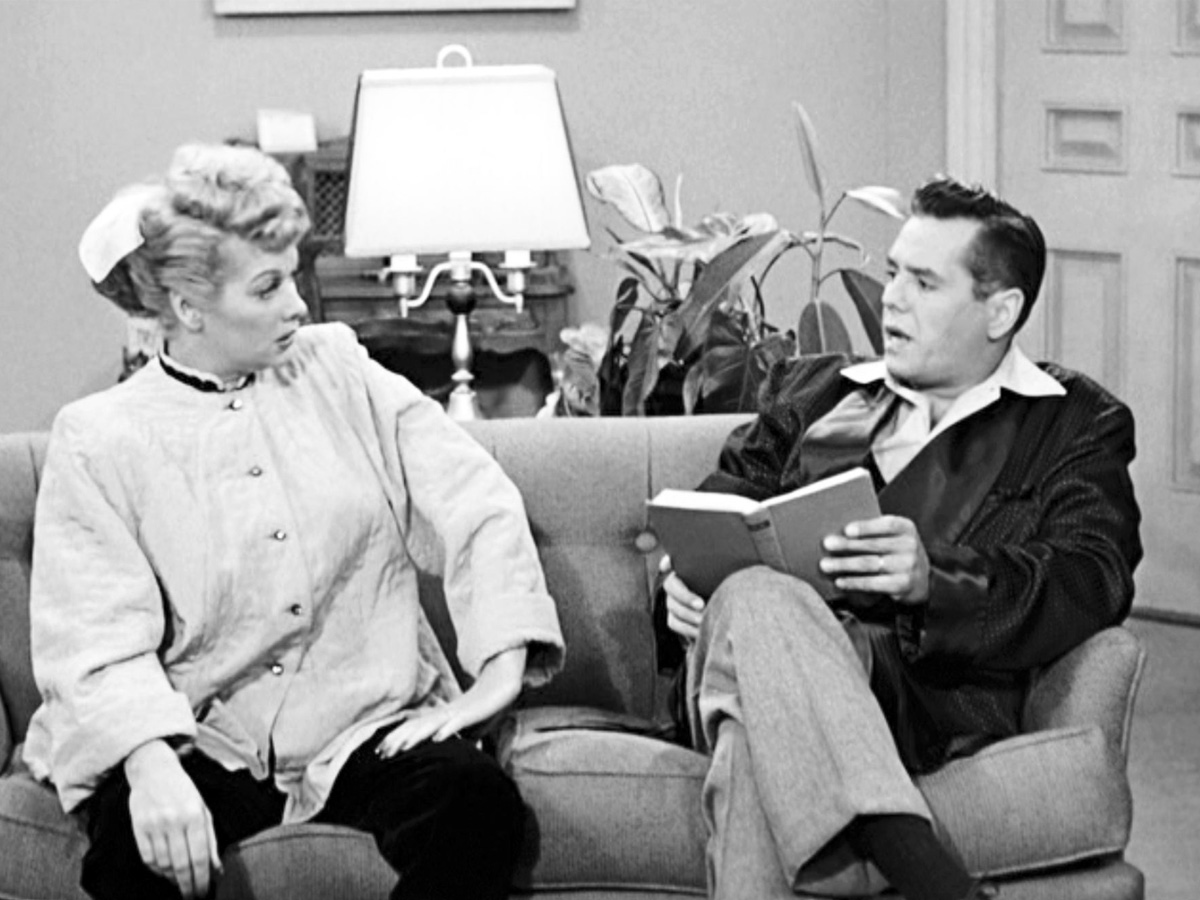
Lucille Ball and Desi Arnaz, who played Lucy and Ricky Ricardo were married in real-life and that’s no secret to most fans of the show. They didn’t, however, have the most solid marriage as they did on the show. Desi Arnaz was a serial cheater and he also had anger issues, susceptible to temper tantrums over the slightest things.
All of the instability ultimately proved to be too much for Lucille Ball, however. While Lucy and Ricky may have made it work, Lucille and Desi could not. Their off-screen problems led to their eventual divorce. The couple had met on the Broadway set of “Too Many Girls” and nobody thought they could ever be separated.
Lucille Ball wasn’t a natural redhead.
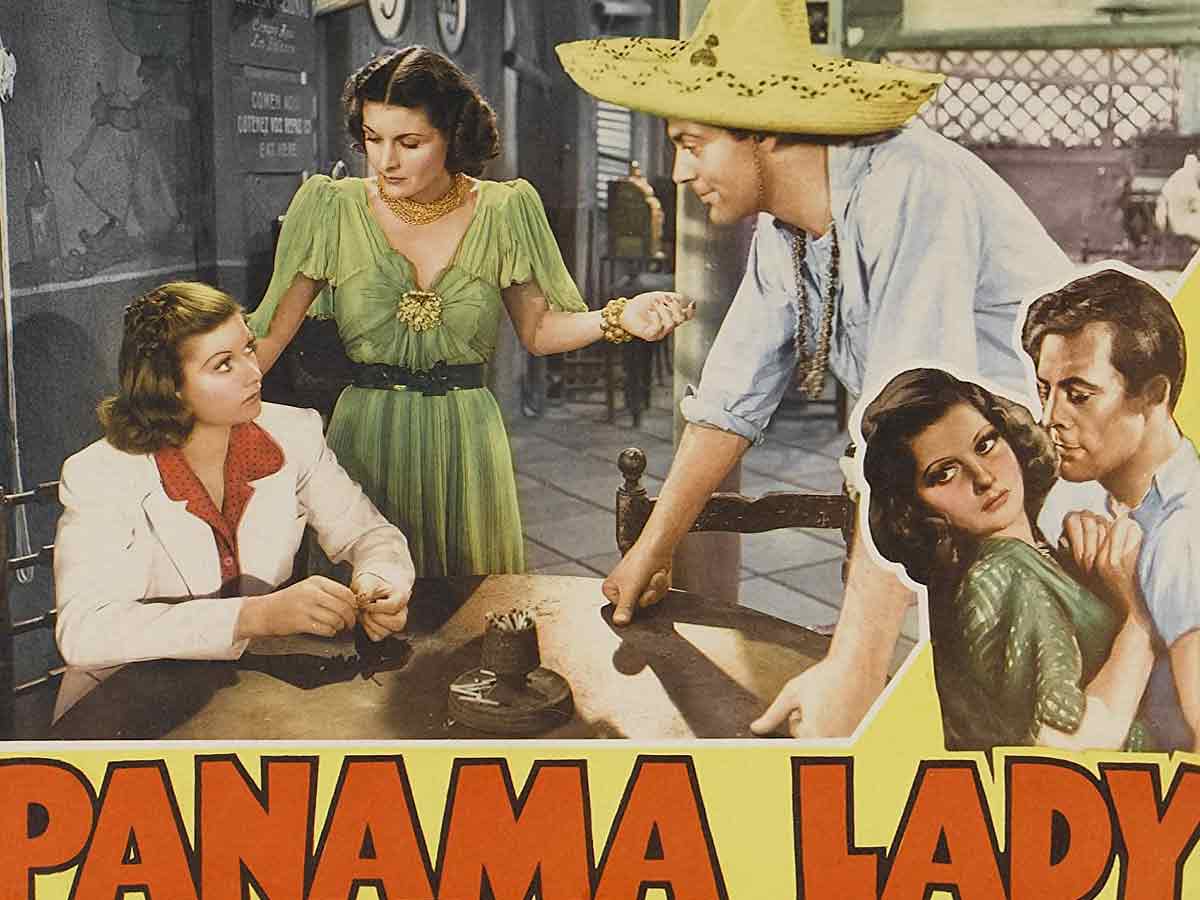
Although the show was in black and white, Lucille Ball was recognized by the public for her iconic red hair. That’s the image that Americans had for many years in the same way someone like Taylor Swift is known for being tall and blond. But many people did not realize and still don’t that the red hair wasn’t Lucille Ball’s natural hair color.
Lucille Ball was actually a natural brunette. And before she even dyed her hair red, she dyed it blond when she was working as a model. She eventually settled on having red hair, which she first did for an acting role. Between this and finding out Emma Stone isn’t really a redhead either, you got to wonder if your whole life is a lie.
William Frawley wasn’t the first choice for Fred.
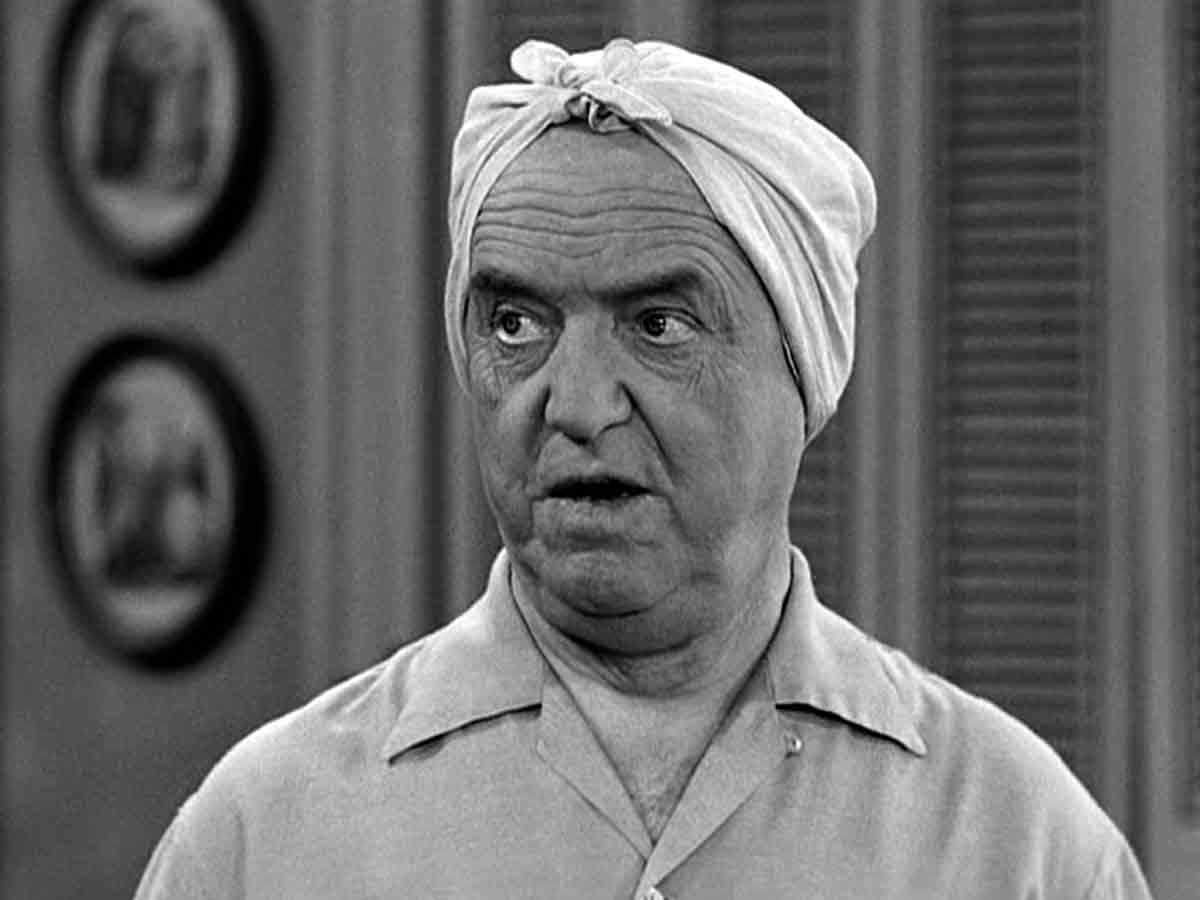
William Frawley wasn’t the first nor the second nor even the third choice to play Fred Mertz. The first choice was Gale Gordon whom Lucille Ball was eager to have onboard since she worked with him on the radio show My Favorite Husband. Unfortunately for Lucille Ball, money was an issue in securing him.
Gale Gordon already had a gig on a radio show called Our Miss Brooks. Therefore, he was asking for more money than Desilu Productions was willing to offer and for that reason it ultimately didn’t work out. William Frawley was only someone that Lucille Ball knew in passing. And there were apprehensions about hiring him because he was a known drinker. Nevertheless, Arnaz helped him secure the job.
William Frawley was a diehard baseball fan

William Frawley was a diehard baseball fan – make no mistake. He wasn’t some casual fan who chatted up with people on Facebook to talk about it in a baseball group – and not just because Facebook didn’t exist then. No, he was legit into baseball to the point that he had it in his contract he could miss work for a game.
The clause in his contract stated that he was allowed to miss filming sessions, at least in part, in order to watch whatever baseball game was going on. He always needed to support his favorite team: the New York Yankees. For this reason, he was absent for two episodes out of the entire series.
Barbara Pepper almost played Ethel.
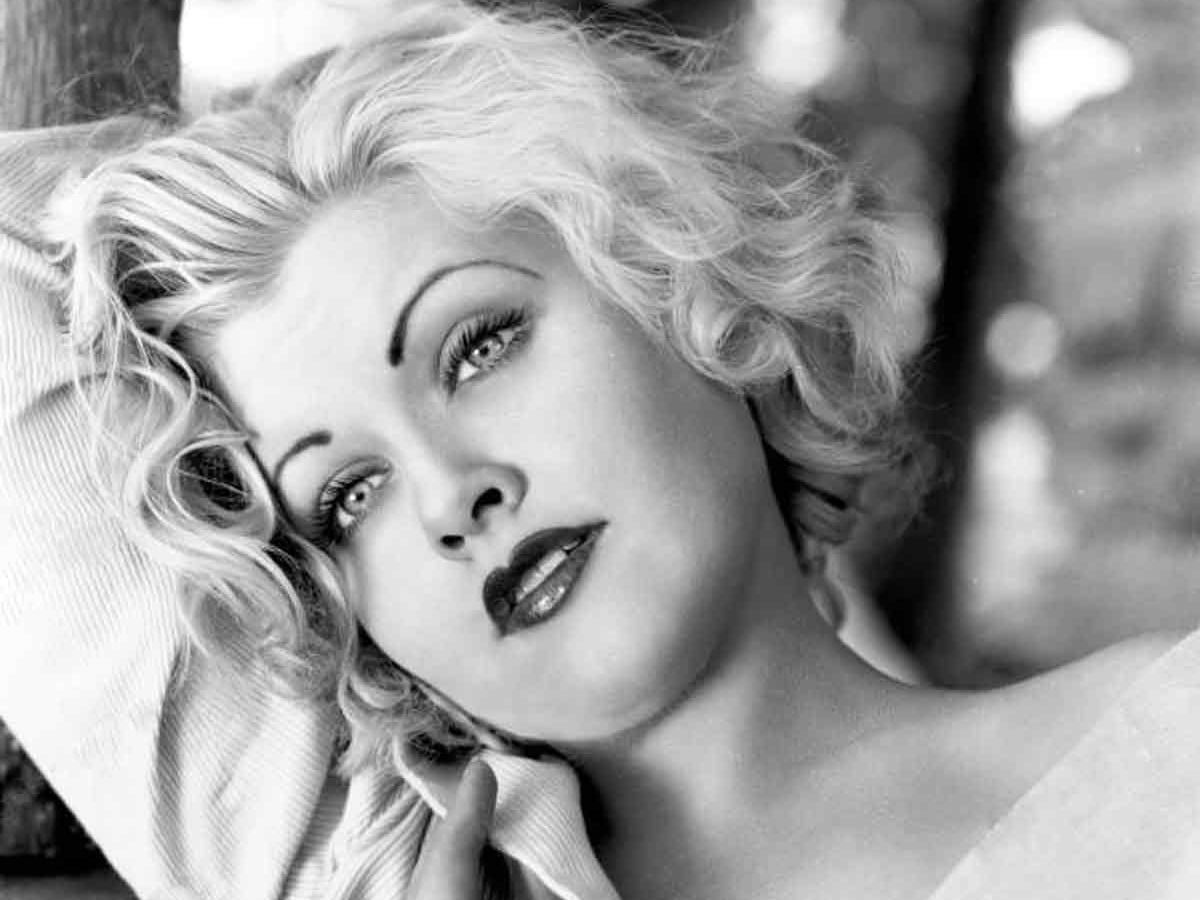
Vivian Vance was also not the first choice when it came to the role of Ethel. Again, Lucille Ball wanted someone from radio that she had already worked with: Bea Benadaret, However, she was unavailable since she was signed on for The Burns and Allen Show. So, Barbara Pepper, a personal friend of Ball’s, was in major consideration.
Pepper was both the right age and body type to play Ethel but she had a drinking problem that the network didn’t want to deal with. And while it was okay for William Frawley, allegedly, they didn’t want two alcoholics on the show because of the presumed risks. Vivian Vance was then recommended to Desi Arnaz and the rest was history.
William Frawley (Fred) and Vivian Vance (Ethel) had a feud.

Fred and Ethel, played by William Frawley and Vivian Vance has excellent chemistry on camera but behind the scenes, it was a whole other story. For one, the age gap was a huge issue for the actress who was 22 years younger than Frawley. She did not believe the age gap was believable and would frequently complain about it.
Vivian Vance resented the fact that such an old man was her husband on the show, calling him an “old poop.” In turn, Frawley called her a “sack of doorknobs” – whatever that means. That feud mostly stayed behind the camera, however, and only those working closest with the actors knew that.
Vivian Vance and Lucille Ball feuded at first.

Lucille Ball and Vivian Vance would eventually become the best of friends but they didn’t always like each other. Lucille Ball was hesitant about sharing the spotlight with another attractive actress. As such, Ball required that certain changes be made to the actress, and subsequently the character of Ethel.
What were those changes? Lucille Ball wanted her to wear less flattering clothes and even for her makeup to be less flattering as well. But where it really gets messed up is that Lucille Ball made her put on additional weight for the role in an effort to make her look less conventionally attractive. The feud lasted at least three years before they started to become friends.
Vivian Vance’s husband was jealous of the cast.

Lucille Ball wasn’t the only one with marriage problems on the show. Vivian Vance also had some problems with her IRL husband Phillip Ober. He was said to be abusive and jealous, and would often make her feel underappreciated. In fact, she would often go to therapy in order to deal with it.
After initially fighting, Lucille Ball and Vivian Vance became close friends, which Ober did not like. He was resentful of their relationship and he made certain attempts to pull them apart. He even attempted to break them up by starting a rumor that the two of them were lovers – but ultimately, it didn’t work.
Arnaz rejected a scene where he cheated on his taxes

Desi Arnaz was a firm believer in America and was extremely patriotic. So much so in fact, that Desi Arnaz would not allow a scene that involved his character cheating on his taxes. In the scene, Ricky was to fudge some numbers on his tax return but the actor refused to play it out, so the writers removed it.
Desi Arnaz came to America when he was just 17 years old. Fulgencio Batista had overthrown the Cuban government and his family fled to Miami. For a time they lived in just a warehouse with multiple refugees. Desi Arnaz’s first job in America was cleaning canary cages at a pet store.
The Chocolate Factory Episode featured a real-life chocolate dipping expert.
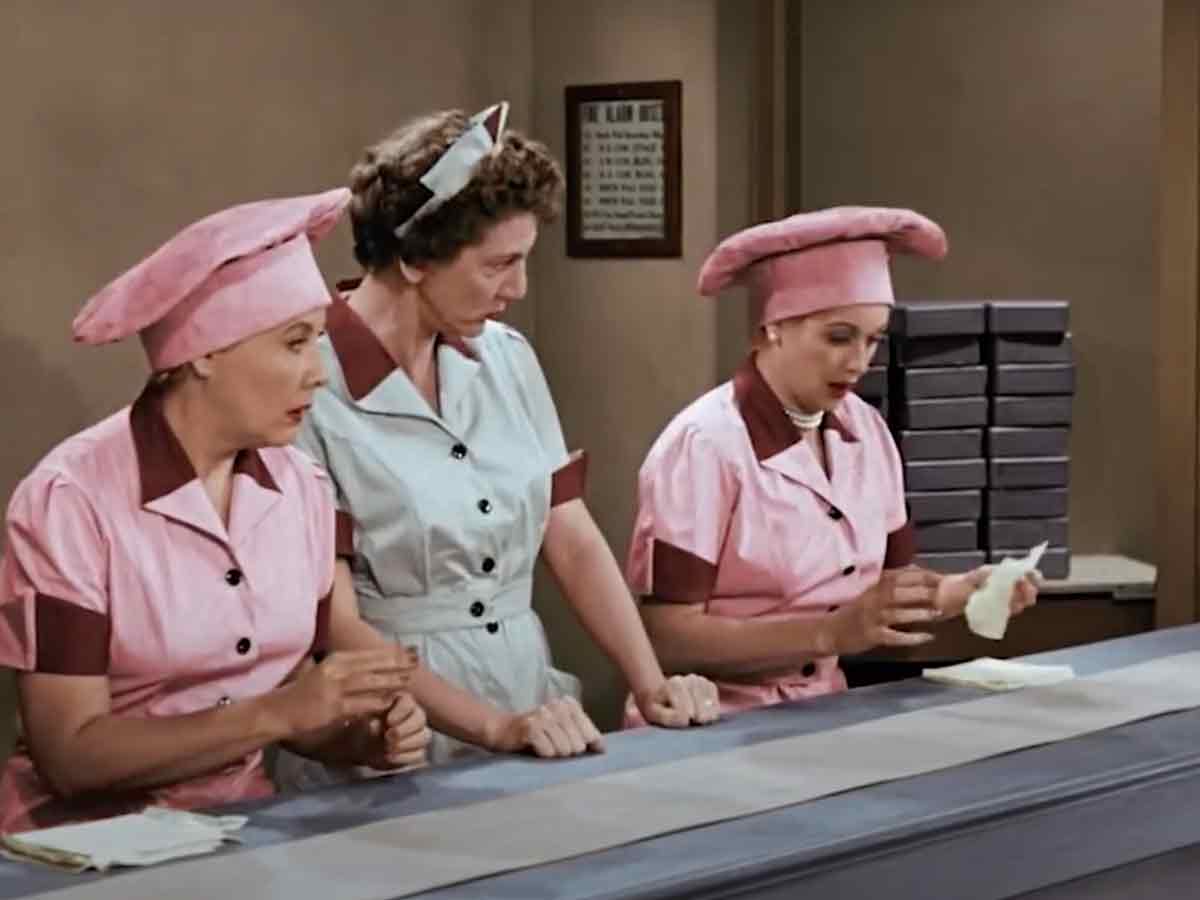
The episode “Job Switching” which is sometimes referred to as the candy factory episode is one of the most beloved episodes of the series. It features a particularly famous scene where Ethel and Lucy are stuffing their faces with chocolate as they are trying to keep up with the conveyor belt as they hand-dip chocolates.
For authenticity, a real chocolate dipper was brought on the set and featured in the show. The woman was found at See’s Candy by stage manager Herb Brower. The woman, Amanda Milligan had never actually seen “I Love Lucy” but Brower thought her deadpan expression would be perfect for Ball and Vance to play off of.
Lucille Ball did not like the TV commercial episode.
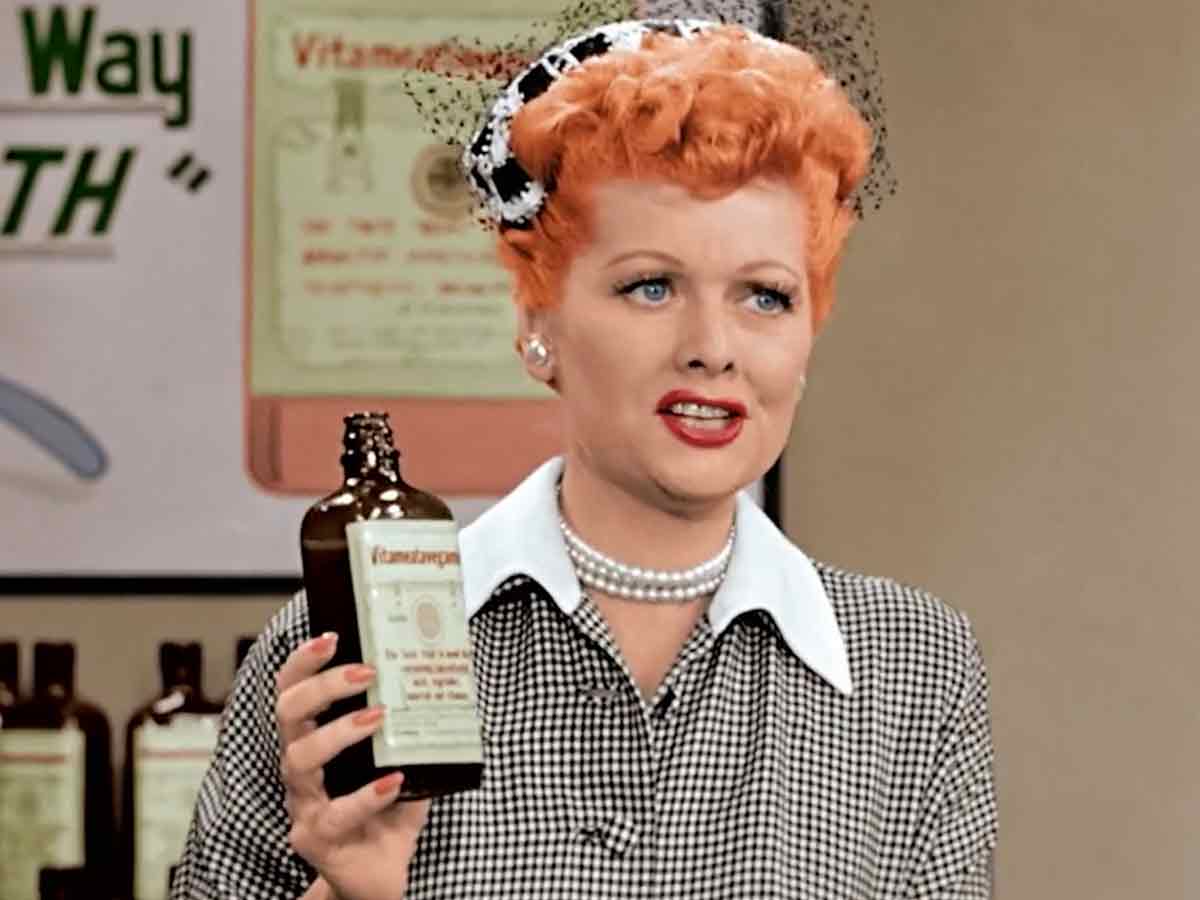
One fan-favorite episode, “Lucy Does a TV Commercial,” was not so favored by the show’s star Lucille Ball. While normally she could perform fairly flawlessly, this episode left her nervous. During the film, she became exceedingly nervous and was concerned about messing up her lines. It prevented her from enjoying the filming of the episodes and the end product.
While Lucille Ball was a fantastic physical comedian, improvisation was not her forte. Every line of the show was in the script. So, if she ever forgot her lines, she had a failsafe plan: the script supervisor Maury Thompson would stand off to the side and hold up her lines for her in front of the podium where she was speaking.
Smoking was required on-camera.
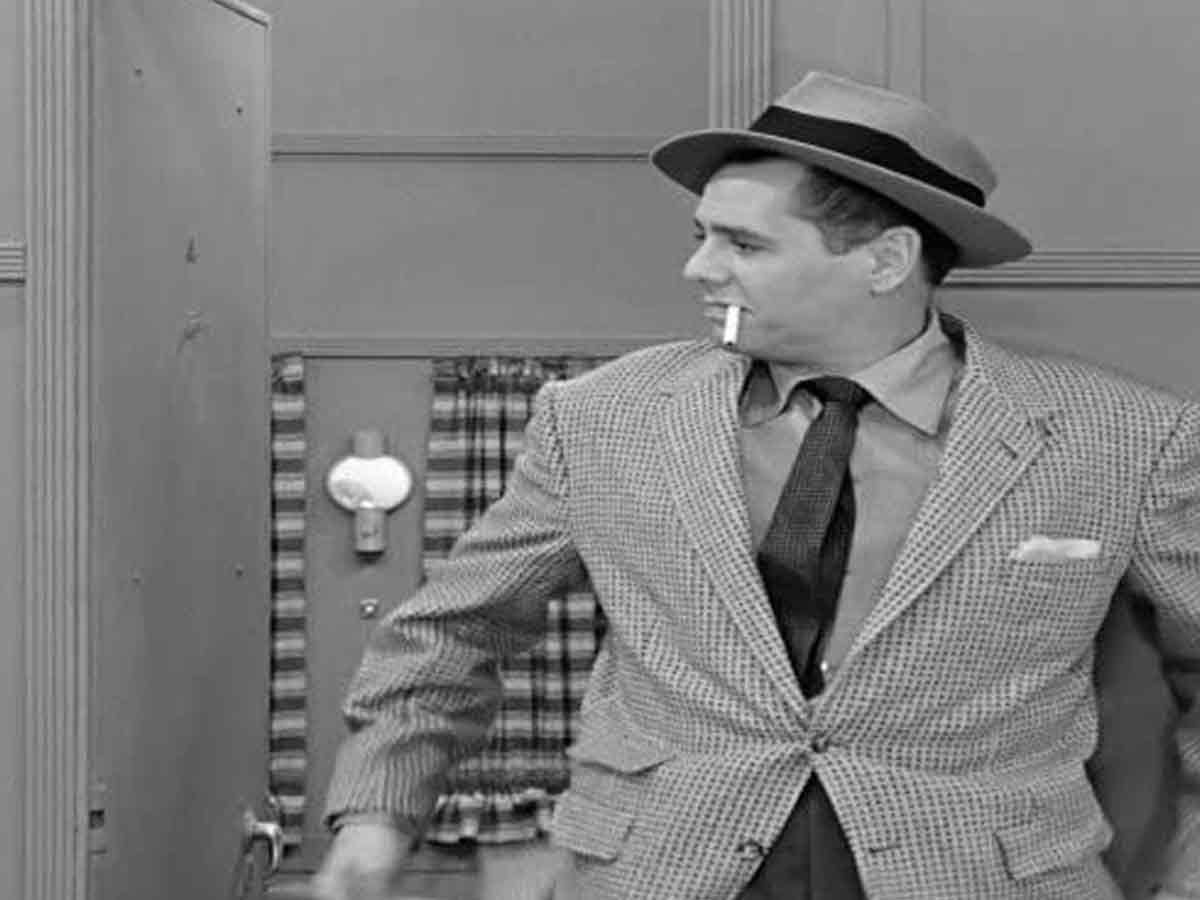
In the 1950s it goes without saying that it was a different time, but sometimes it’s shocking how different things were. Today, with censorship, it’s very rare to see people smoking on network television. And ad-time is often filled with anti-smoking PSAs, but in the 1950s it was a whole other story.
Smoking on-screen was actually required of its actors on the set of I Love Lucy. This is because CBS initially had trouble securing a sponsor for the show other than Philip Morris – a tobacco company. As a result, characters can often be seen smoking with the name Philip Morris worked into the show.
They didn’t reshoot scenes much.
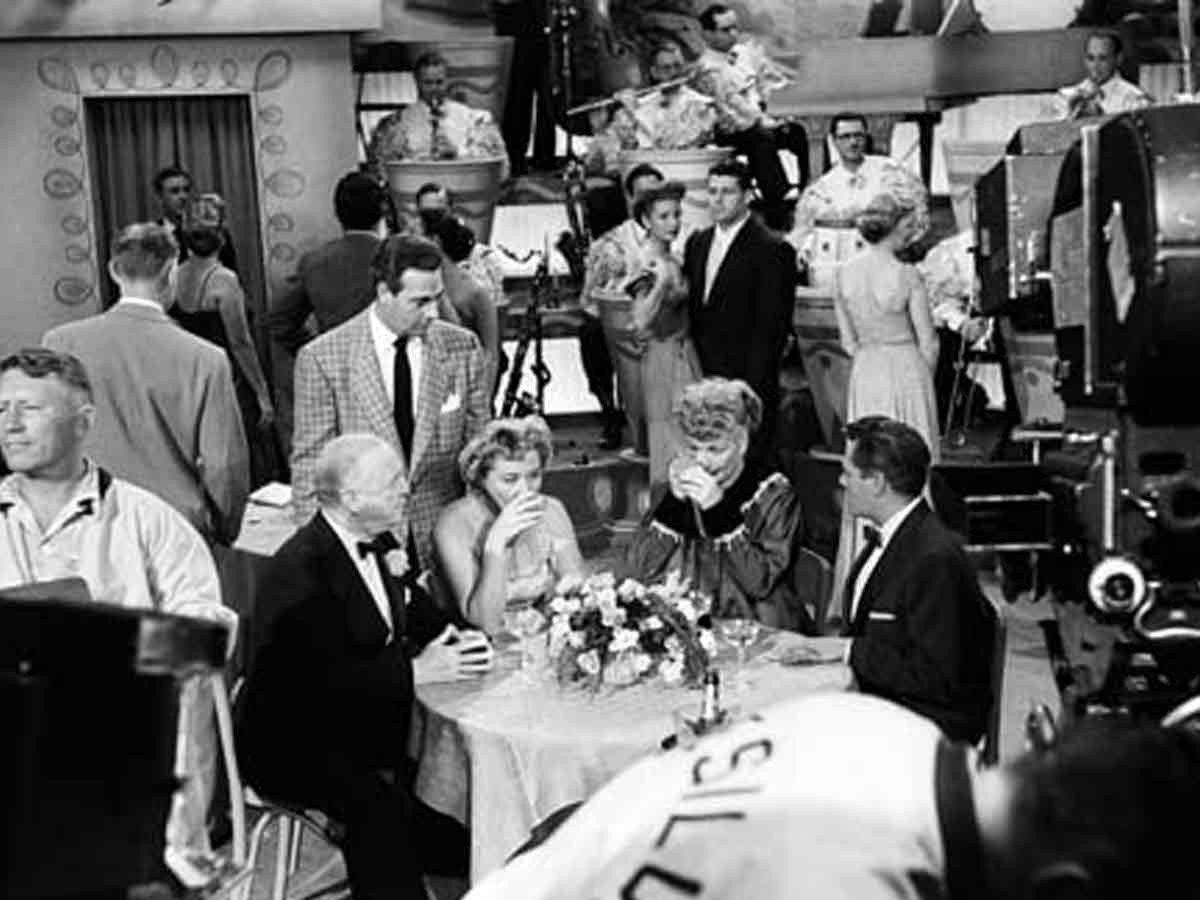
Unlike many shows, nowadays, where there really isn’t a live audience involved, on the set of I love Lucy, reshooting wasn’t really a thing because it was avoided at all cost. The show wanted genuine reactions to scenes and didn’t want them watching the same thing over and over again.
This also meant that most bloopers that occurred on the set are actually included in the show. If someone flubbed their lines or giggled, it would just be left in. Bloopers in scenes are typically glossed over and the scene just keeps rolling. It just shows the dedication to their work and their unbridled professionalism.
Lucille Ball regretted working with Harpo Marx.
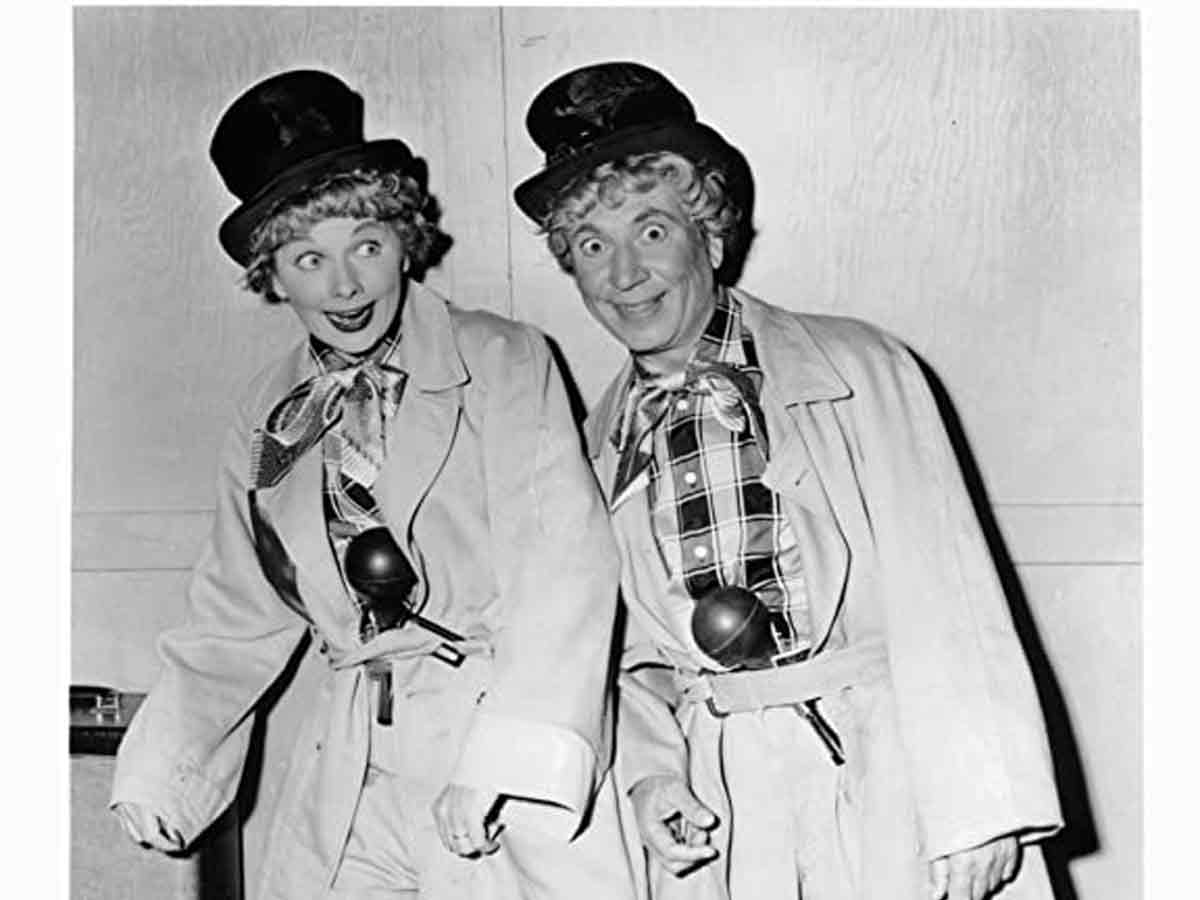
Lucille Ball had been a huge fan of Harpo Marx prior to having him on the show. But when it came to his appearance on I Love Lucy, it turned out that meeting her hero wasn’t everything she thought it would be. She actually found working with him to be rather difficult.
Harpo Marx had a tendency to never do the same thing twice when it came to comedy routines. He was more of an improv guy and she liked to rehearse until she got it just right. He had the attitude that he didn’t need to rehearse and needless to say, reshoots were required to finish the scenes.
George Reeves was purposely uncredited.

The show was no stranger to having notable guests stars that were usually in the credits. One guest star, however, was purposely left out of the credits. And no, it wasn’t because their scenes were cut from the show or that the showrunners were unhappy with the performance or just didn’t like him.
It was actually because George Reeves was Superman that he was cut from the credits. Why? Because back then, superheroes like Superman were seen as something for kids – and for kids George Reeves WAS Superman. Lucille Ball didn’t want to break that illusion that he wasn’t really Superman by crediting him as an actor.
The longest laugh on the show lasted 65 seconds.
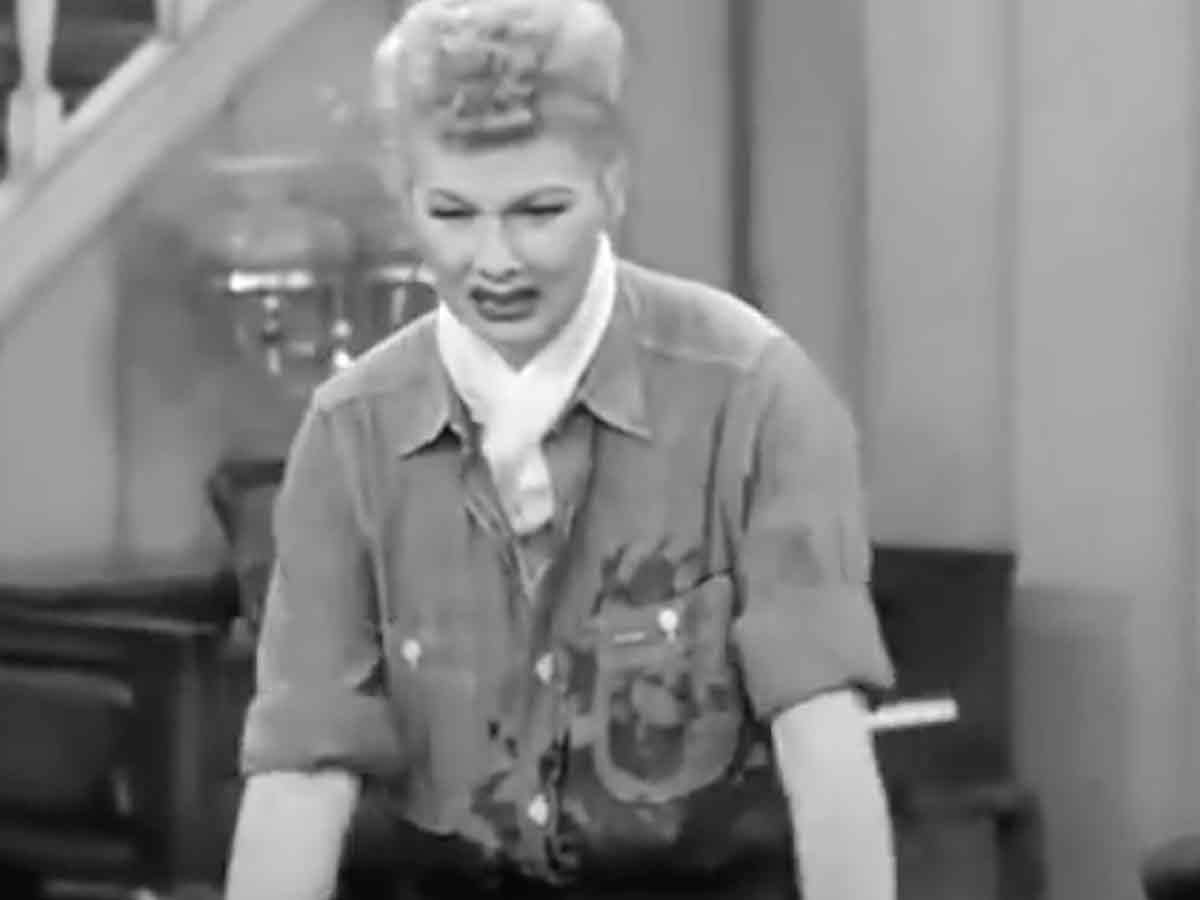
The longest recorded laugh on the show was an astonishing 65 seconds. Call it an enthusiastic audience or Lucille Ball a comedy genius, no matter how you look at it – that’s pretty darn impressive. The laughs lasted so long that ultimately the laughter had to be edited and trimmed down. I guess it was just too funny.
The scene in question involved lucy hiding a dozen eggs in her blouse as she danced the tango with Ricky. By the end of the scene the eggs crack resulting in an eggy mess. In preparation of this scene, real eggs were not used during a rehearsal in an effort to get a genuine reaction out of the audience.
Lucille Ball’s mom was in the audience.
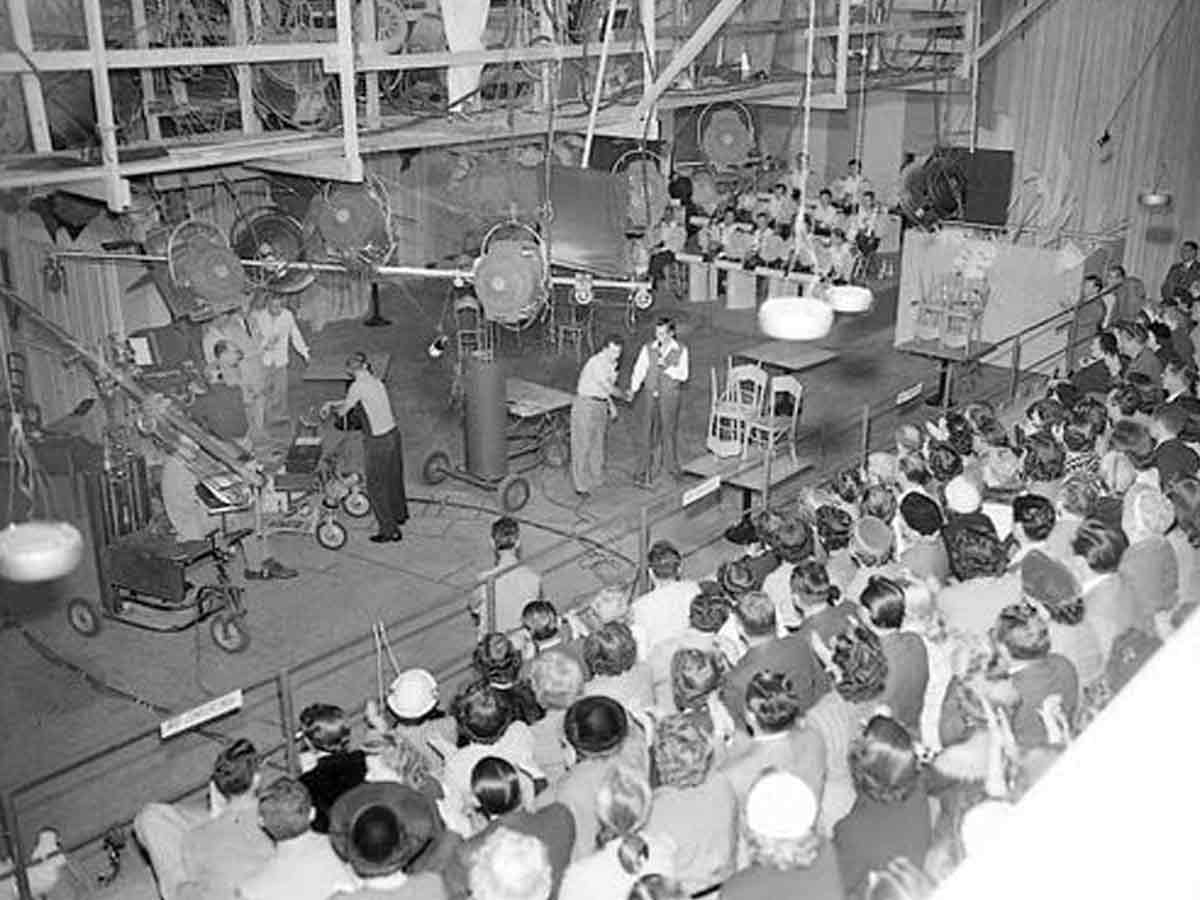
Lucille Ball’s mother, Dede, was one of her biggest supporters. She often sat in the audience to support her daughter through most of her professional career. Lucille was happy to see her mother of course and it always kept her motivated. And if you listen very closely, her mother can actually be heard in the audience.
Avid fans of the show might recognize her voice in the audience, as it can usually be heard before Lucy gets up to her antics on the show. The voice in the audience can be heard often as an “uh-oh” reaction. Allegedly, Dede Ball attended every taping, so you might even consider her to be a star of the show too!
Desi Arnaz pretended to be taller than he was.

Desi Arnaz has some insecurities about his height and so he wanted to appear taller on the show than that of his wife Lucille Ball. He was typically listed in biographies as being around 5’11” but this was not the truth of the matter. In fact, he was actually 5’9”. What difference two inches made to him is beyond us.
The actor and musician wore shoes with lifts to appear taller than his wife and even the family love seat was layered with extra cushions that gave the illusion of extra height. Because how could they let a woman appear taller than a man and risk destroying his fragile ego? No, we couldn’t have that.
There were no laugh tracks.
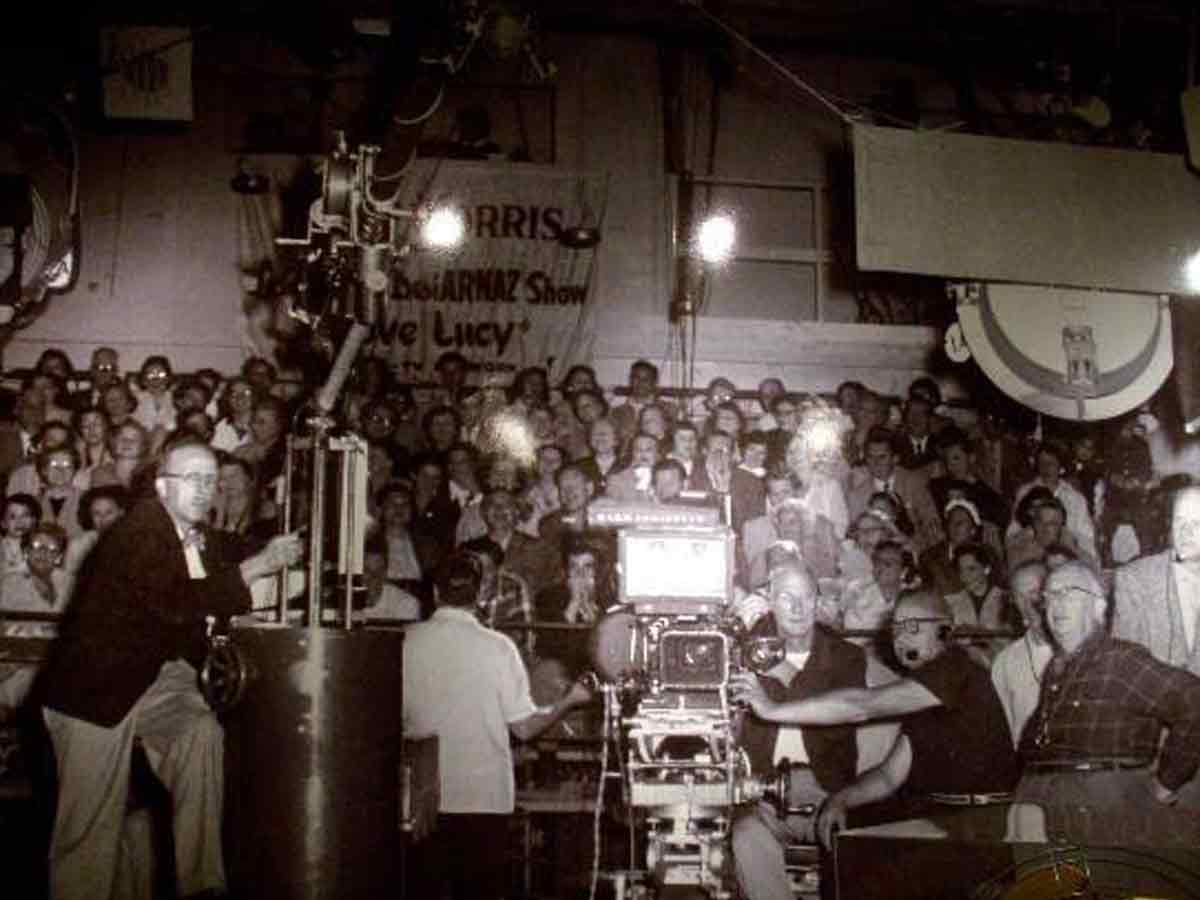
I Love Lucy was recorded at a time where laugh tracks were not really a thing because television was just too new. The laughs on I Love Lucy are not canned nor prerecorded nor heavily edited. Most of the laughs on the show are genuine reactions to everything happening on screen. They are authentic.
The audience absolutely loved the show and enjoyed every minute of the performances. Today, most sitcoms that feature laughter are using prerecorded laughter and sometimes from another show. You may often even hear the laughter from I love Lucy in shows that feature canned laughter – although they are becoming fewer.
One of the first shows to include a pregnant woman.
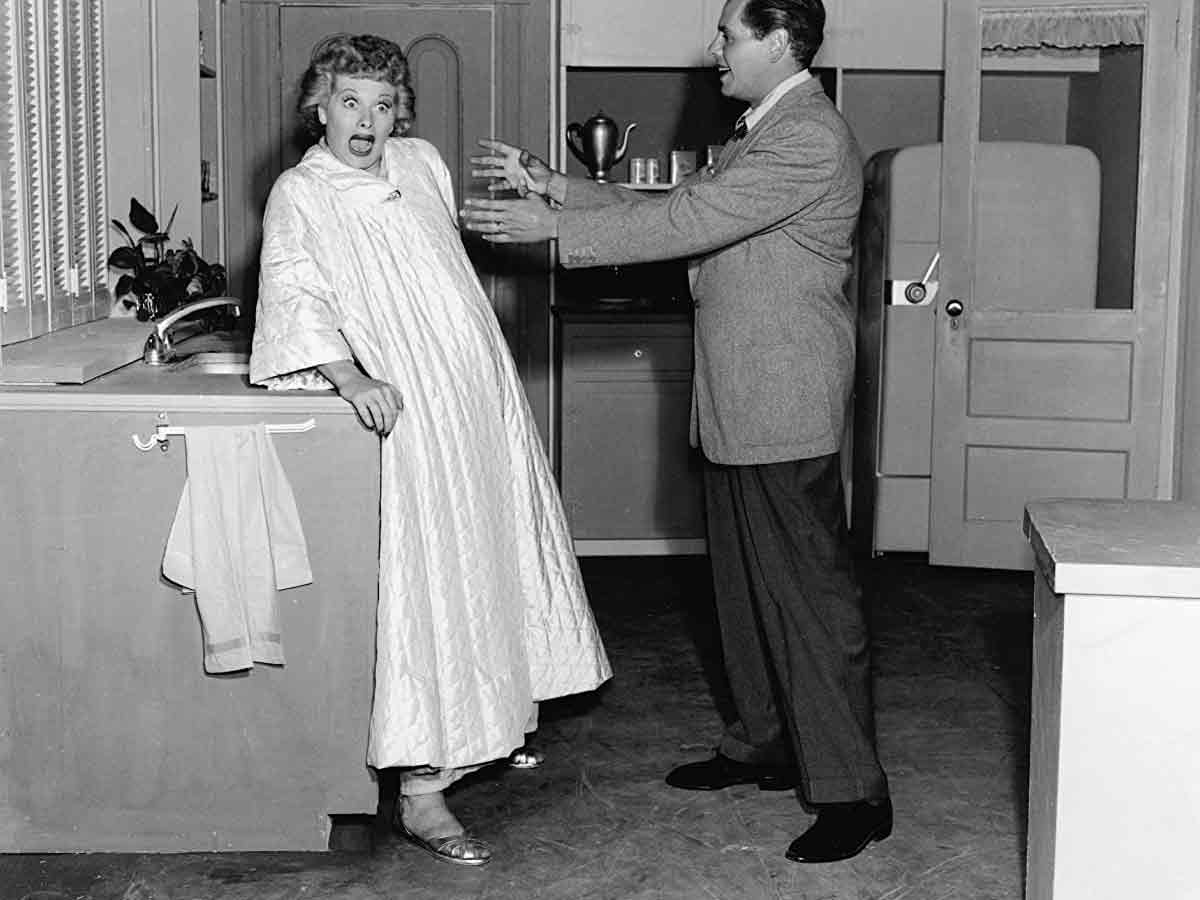
Before I Love Lucy, a pregnant woman had never before been depicted on network television. So when Lucille Ball discovered she was pregnant during the filming of the show’s second season, the directors and producers immediately went into panic mode. No show had ever depicted an pregnant woman in any scene, ever before.
I Love Lucy broke ground when they wrote Lucy’s pregnancy into the show. To put people at ease, a priest had to be present on-set during filming. The show never featured the word pregnant, but rather “expecting.” The pregnancy was a ratings win and 44 million people tuned in to watch the childbirth episode.
Lucy broke her nose and almost drowned.

Lucille Ball was no stranger to injury or near-death on the set of I Love Lucy. In one episode, the Candy Factory episode, Lucy is punched in the face by another actress. Ball was worried the scene would not be funny because the actress seemed hesitant to do it but once she finally got hit in the face and got her nose broken… needless to say, one take was just fine.
In the famous grape brawl scene, where Lucy is mashing grapes to make wine, she (in-character) has a fight with another actress. In the scene, the actress put’s Lucy’s head under the grape mush and ends up leaving her under for too long. Lucille Ball nearly drowned in the process of filming this scene.
Desi Arnaz never forgot his lines

Desi Arnaz may have been a terrible husband but he certainly wasn’t a terrible actor. He played his role flawlessly and his character is just as iconic as Lucy herself. But it wasn’t just delivery where Desi Arnaz’s talents were, it was also in memorizing his lines. Unlike many actors, he never forgot his lines.
Desi Arnaz boasted that he had a photographic memory. Allegedly, he could read through his lines just once and commit them to memory. In most cases, even the most highly skilled actors in the business will take a few hours to go over their lines. And when considering he had to deliver all his lines in front of a live audience, that’s tremendously impressive.
William Frawley always forgot his lines
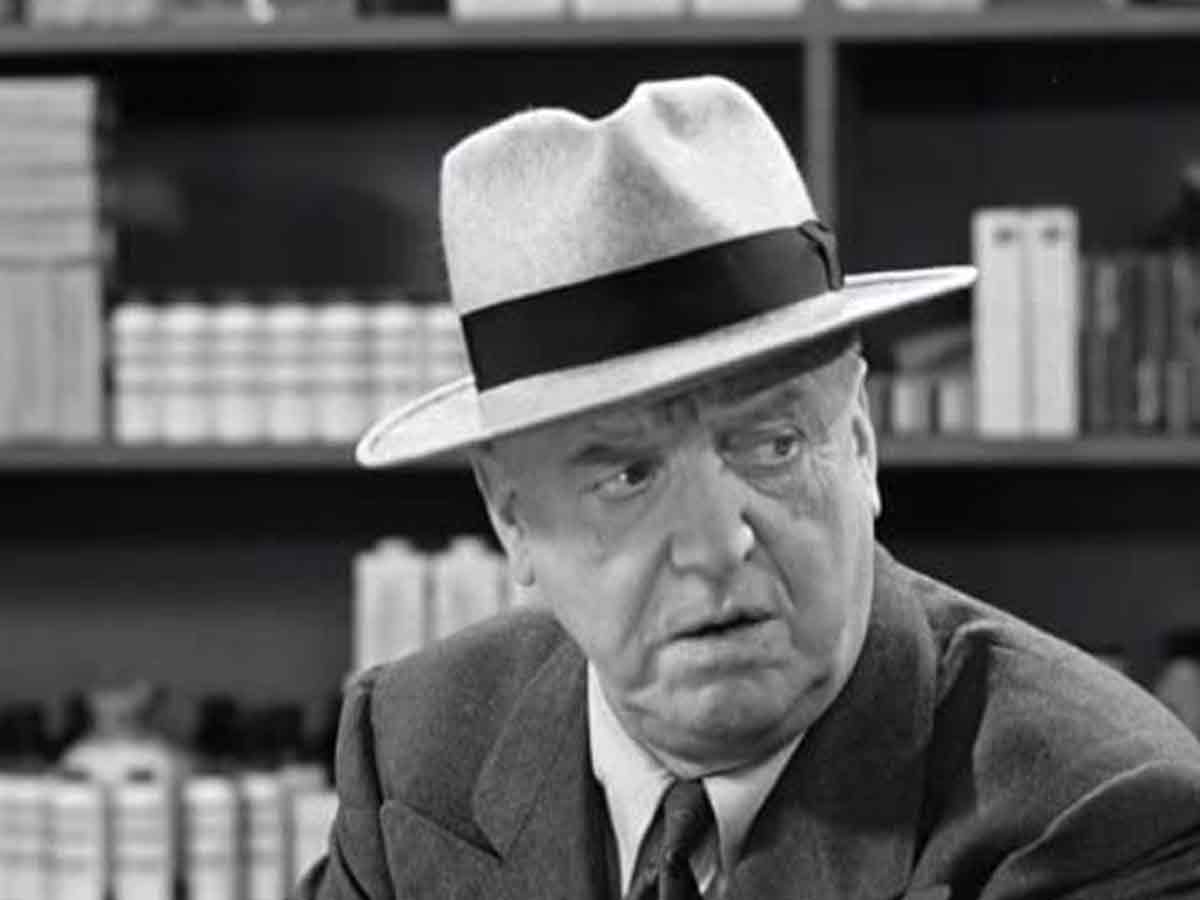
On the opposite side of things, William Frawley had a terrible time remembering his lines. The actor would take a long time in attempting to memorize his lines before delivering them in front of a live audience, only for him to fail at memorizing them and completely forget them when it came time to practice.
Okay, so he didn’t always forget his lines but during the practice sessions, he was not able to recall them. He also forgot them in a few episodes too, but generally, it seems that the actor needed to deliver them with his co-stars in order to be ready to deliver them during filming.
There was almost no Improv.
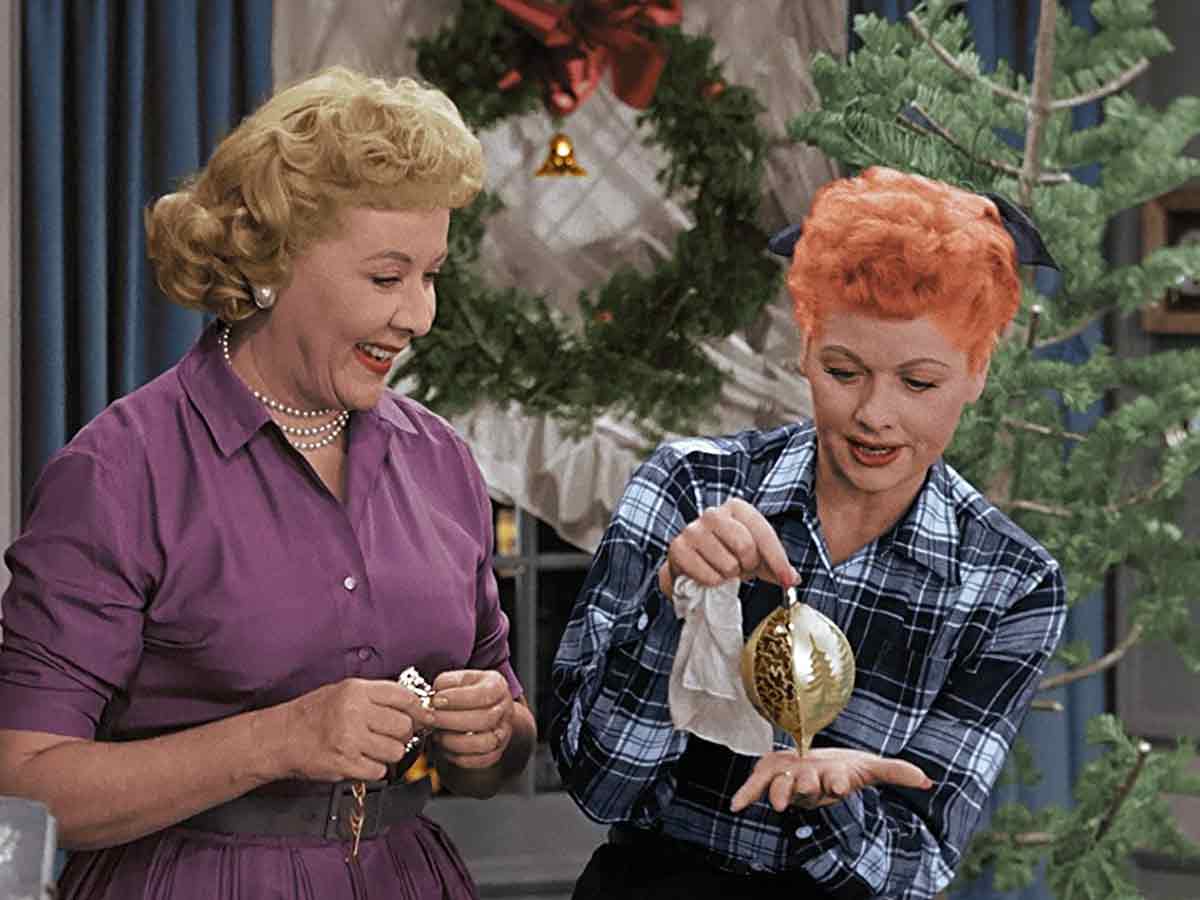
Unlike many comedies today that rely heavily on improv, I Love Lucy was not one of them that did in the ‘50s. Lines needed to be planned out and carried out successfully and with precision, so the scripts were tight and needed to be followed exactly as they went on the page for the sake of the show and its live audience.
Everything on the show needed to be perfect. Desi Arnaz and Lucille Ball strived to get everything just right. They would use state-of-the-art technology and editing tools to help with that too. It was the first show to use 35 mm film for live filming. That’s also expensive which really shows why the lines had to be just right the first time.
Cast members got awards for applause.

Cast members were actually awarded for applause. And no, we don’t mean that in an overly sentimental way. We aren’t saying that the laughter of the audience was the real reward in the end as opposed to the money. No, we’d be lying to you if we said that. No, the truth is that the cast was actually awarded money for audience laughter.
Throughout the filming of the show, the applause was quite common because people genuinely enjoyed the show. Whether it was a funny scene or it was a scene with powerhouse acting, or even a heartfelt moment, any applause that the cast incited would result in a monetary reward – a silver dollar.
Arnaz focused on realism in the show.
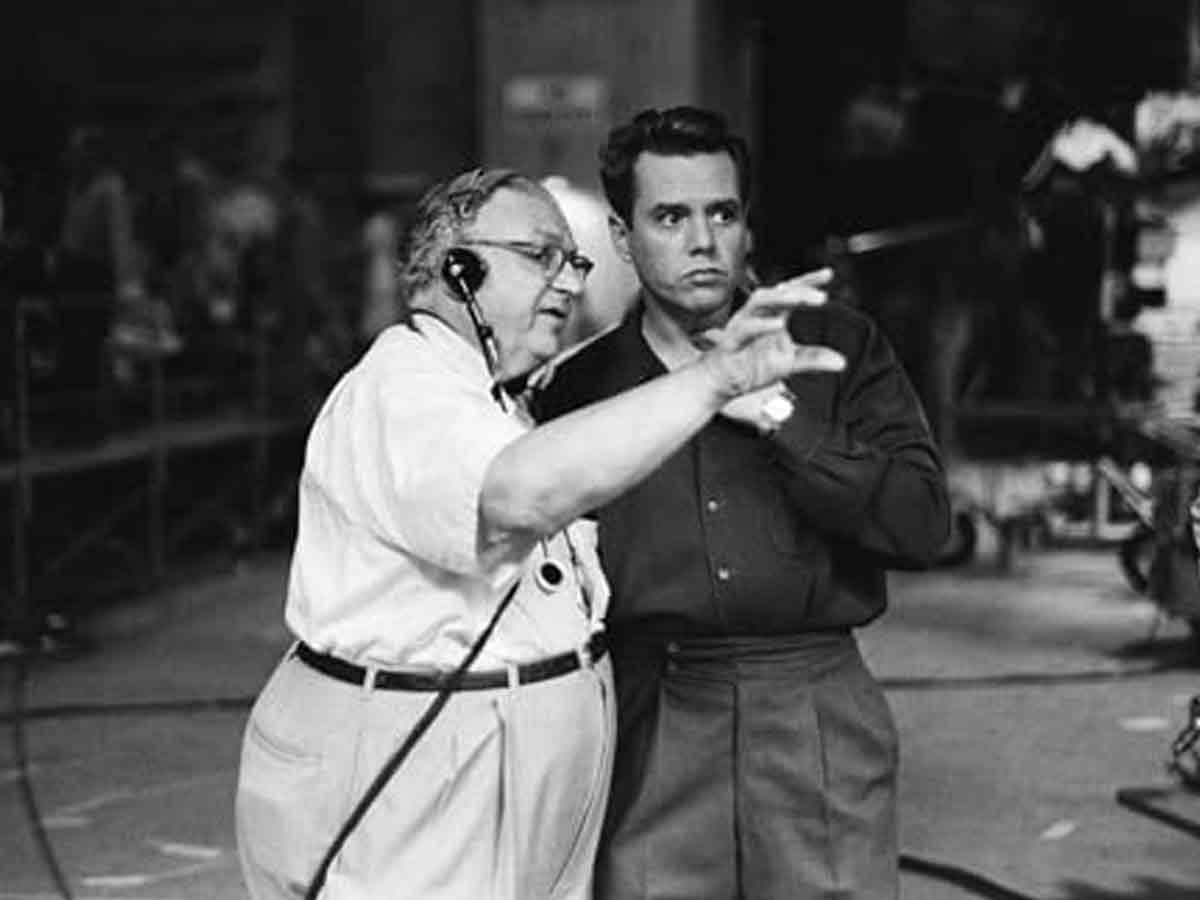
Desi Arnaz thought that realism was an essential element that he tried to maintain as the show progressed to prevent things from becoming too unbelievable. No matter how whacky the situation was, it needed to be grounded in reality. For example, one scene required an eight-foot-long bread pop out of the oven, so Arnaz had to find a bakery that would actually bake one.
But that was just one of many scenarios liked that. What also helped maintain a level of realism on the show was that the situations in the show were drawn from Lucille Ball and Desi Arnaz’s marriage. The show would be modeled after their real life, except for all the cheating stuff of course.
Better ratings than the presidential inauguration.
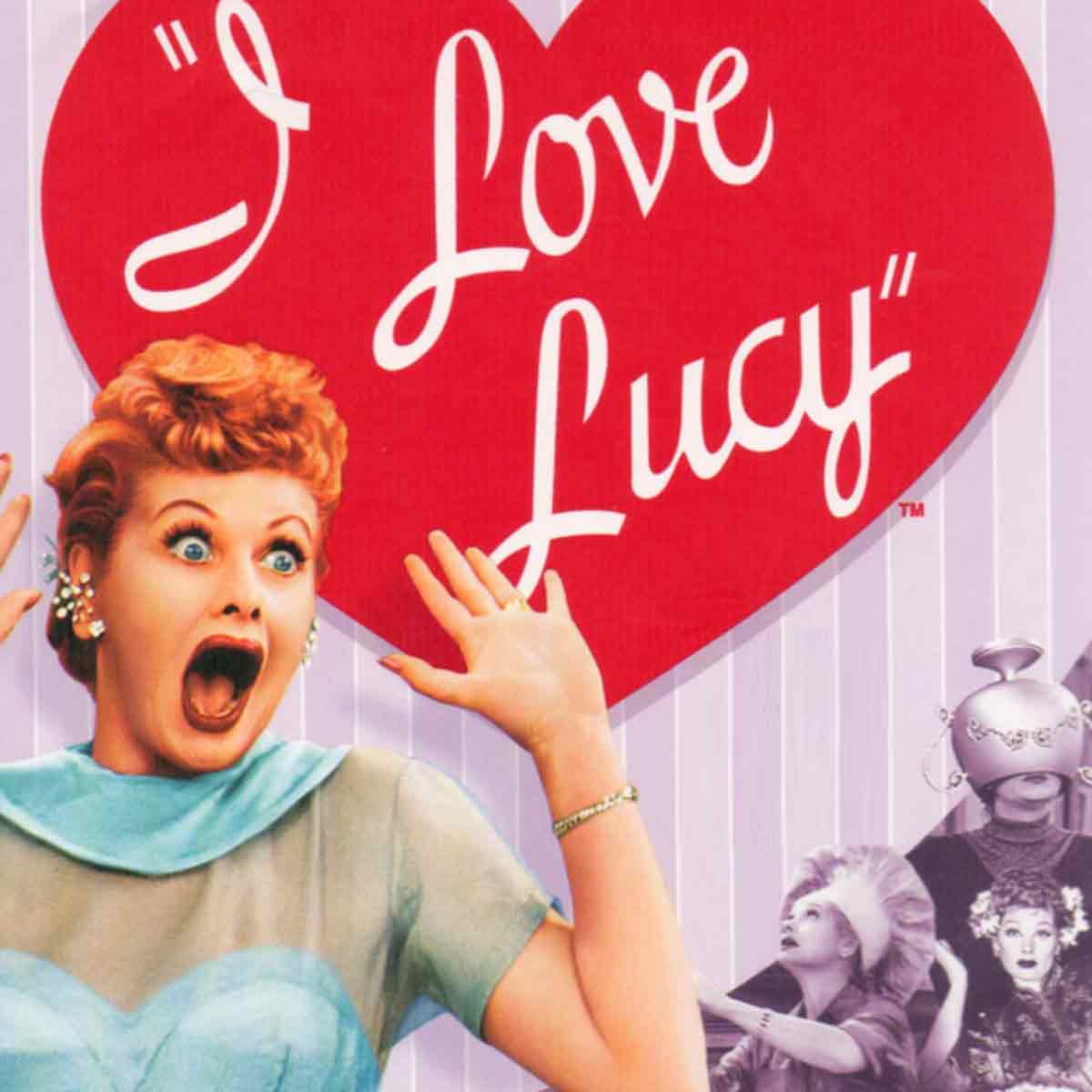
By the show’s third season, I Love Lucy had become a huge American sensation. Each day it aired, it garnered more and more viewers than before. It continuously battles and won out over many other shows in the same timeslot. It even took on the presidential inauguration in the ratings war – and still won that too.
In 1953, it was the swearing in of Dwight D. Eisenhower and about 67.7% of American TV-owning viewers tuned in for that historic moment. But the most popular even that week was not the inauguration of the new President, it was an episode of I love Lucy the day before that had a 71% viewership.
Stores closed up shop when the show was on.
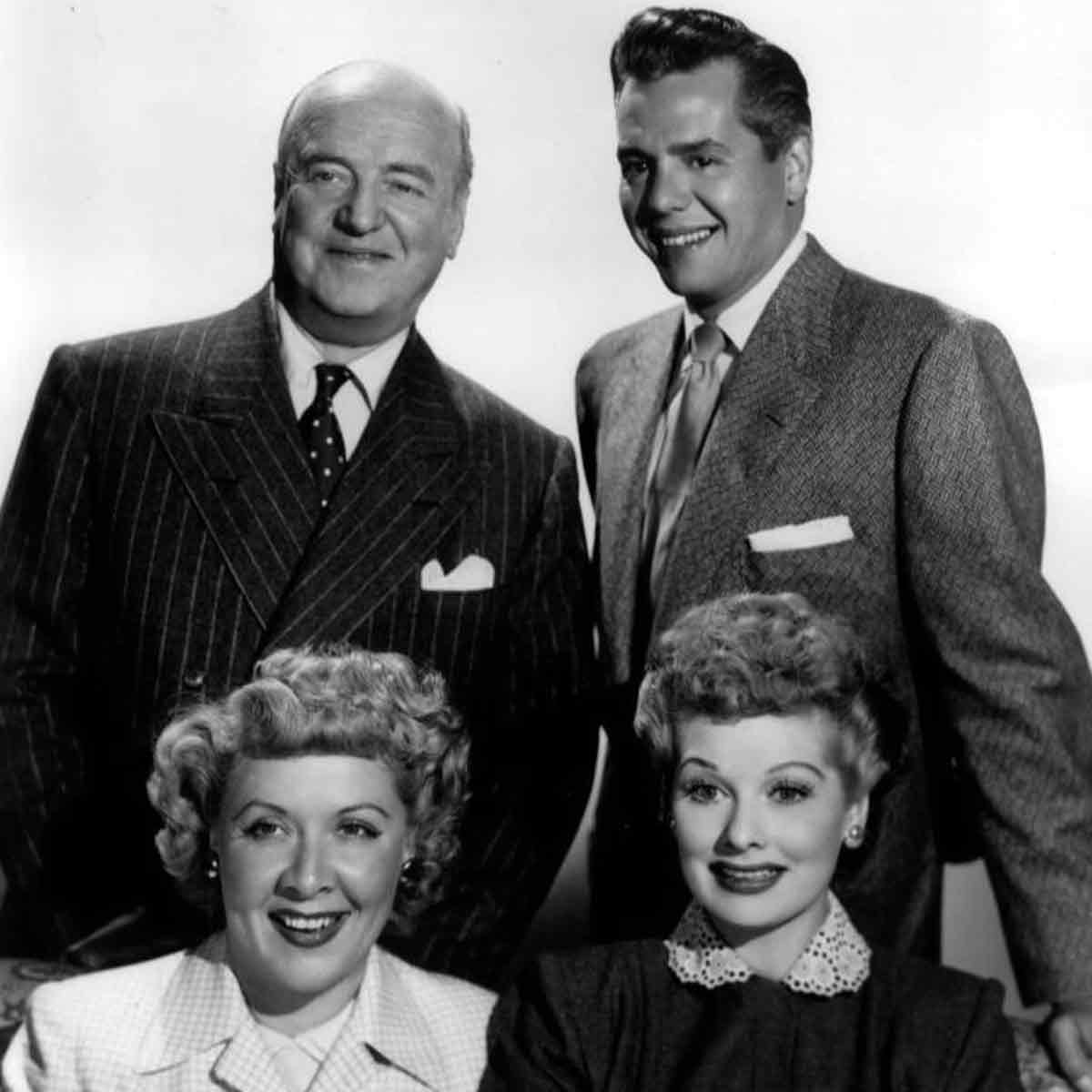
Watching I Love Lucy with the family was a major event for many Americans. Now there are so many shows running all the time that even one big show isn’t enough to make people stop what they are doing. Plus, you can stream most things whenever you want or record shows on your DVR – but you couldn’t do that in the ‘50s.
At its peak popularity, I Love Lucy was drawing millions upon millions of viewers and that means that stores were losing customers during that time, so much so, in fact, that stores wouldn’t even bother staying open when the show was on. Many businesses closed shop during the time slot, because why work when nobody is going to show up?
Lucille Ball was the first woman to be the head of a major studio.
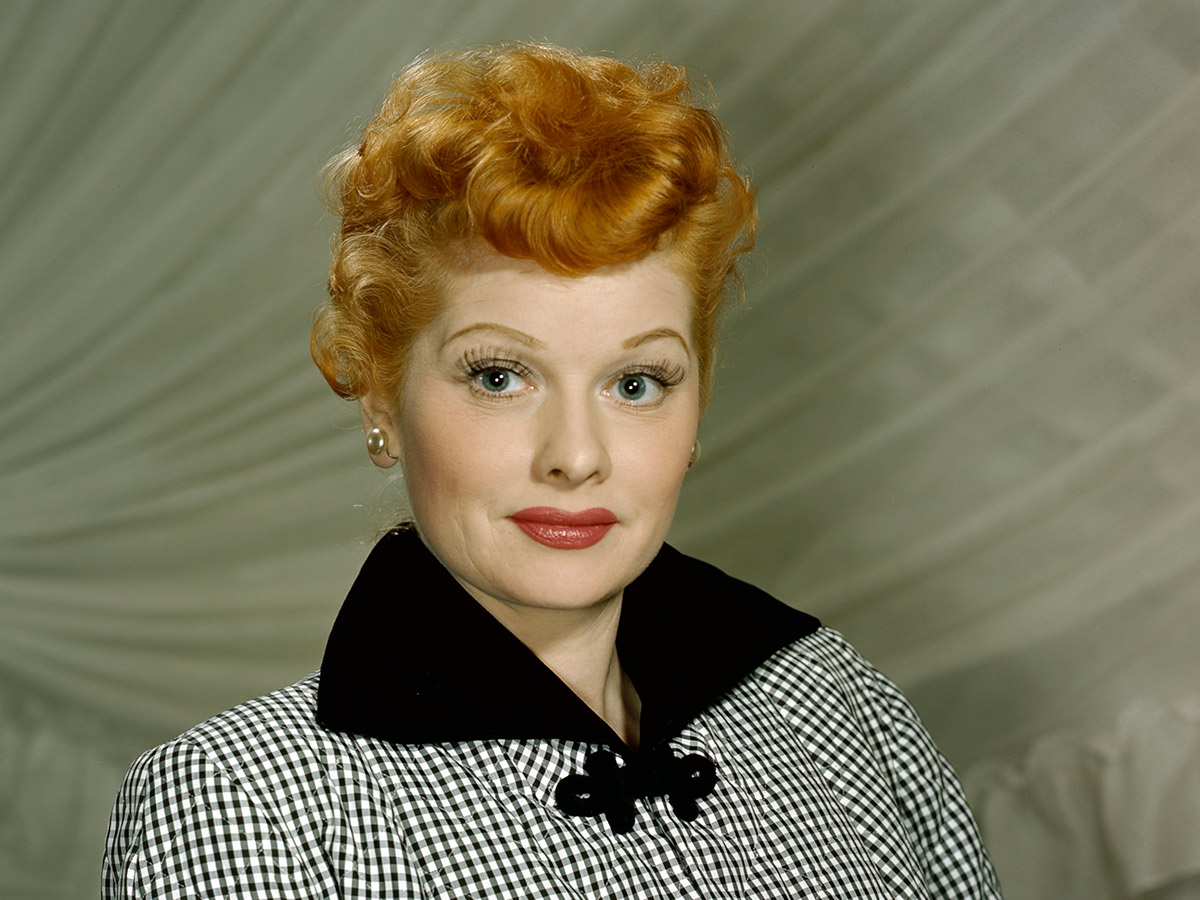
Lucille Ball broke a lot of barriers in the television industry not only as an actress but as a producer too. She became the first woman to become the head of a major studio, although the studio started out small when they first began work on the show. In 1950, she and Desi Arnaz started Desilu Productions.
It was with that small production company that they started I Love Lucy, and it of course grew as the show grew. Lucille Ball would become one of the most powerful women in Hollywood and broke barriers for women in the industry. Women finally had a voice in Hollywood that they never had before.
 Author
James Stephens
Last Updated: December 07, 2025
Author
James Stephens
Last Updated: December 07, 2025